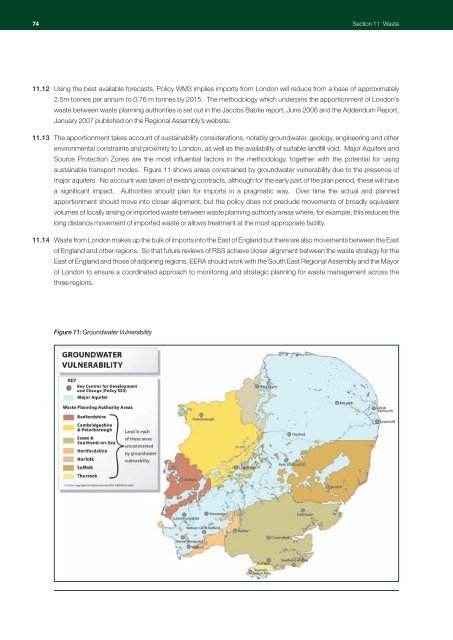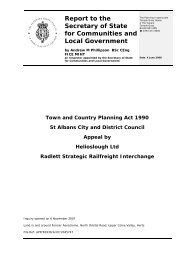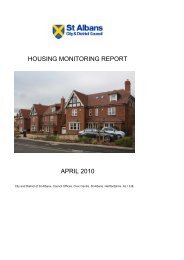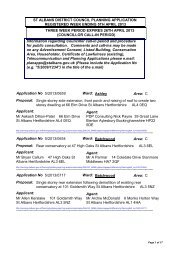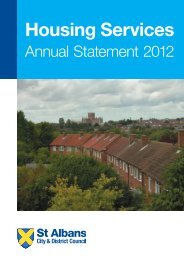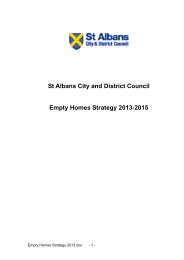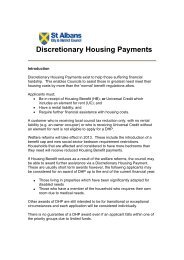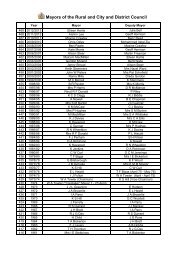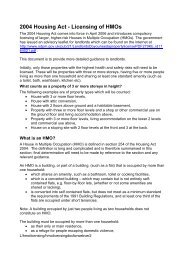RSS East Of England Plan - Broads Authority
RSS East Of England Plan - Broads Authority
RSS East Of England Plan - Broads Authority
You also want an ePaper? Increase the reach of your titles
YUMPU automatically turns print PDFs into web optimized ePapers that Google loves.
74<br />
Section 11 Waste<br />
11.12 Using the best available forecasts, Policy WM3 implies imports from London will reduce from a base of approximately<br />
2.5m tonnes per annum to 0.76 m tonnes by 2015. The methodology which underpins the apportionment of London’s<br />
waste between waste planning authorities is set out in the Jacobs Babtie report, June 2006 and the Addendum Report,<br />
January 2007 published on the Regional Assembly’s website.<br />
11.13 The apportionment takes account of sustainability considerations, notably groundwater, geology, engineering and other<br />
environmental constraints and proximity to London, as well as the availability of suitable landfill void. Major Aquifers and<br />
Source Protection Zones are the most influential factors in the methodology, together with the potential for using<br />
sustainable transport modes. Figure 11 shows areas constrained by groundwater vulnerability due to the presence of<br />
major aquifers. No account was taken of existing contracts, although for the early part of the plan period, these will have<br />
a significant impact. Authorities should plan for imports in a pragmatic way. Over time the actual and planned<br />
apportionment should move into closer alignment, but the policy does not preclude movements of broadly equivalent<br />
volumes of locally arising or imported waste between waste planning authority areas where, for example, this reduces the<br />
long distance movement of imported waste or allows treatment at the most appropriate facility.<br />
11.14 Waste from London makes up the bulk of imports into the <strong>East</strong> of <strong>England</strong> but there are also movements between the <strong>East</strong><br />
of <strong>England</strong> and other regions. So that future reviews of <strong>RSS</strong> achieve closer alignment between the waste strategy for the<br />
<strong>East</strong> of <strong>England</strong> and those of adjoining regions, EERA should work with the South <strong>East</strong> Regional Assembly and the Mayor<br />
of London to ensure a coordinated approach to monitoring and strategic planning for waste management across the<br />
three regions.<br />
Figure 11: Groundwater Vulnerability


